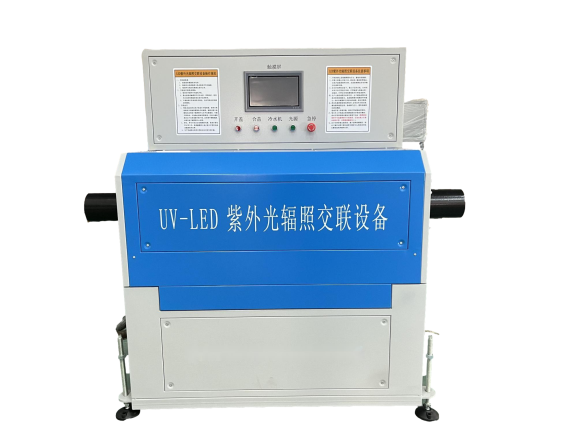cable hot set testing
Understanding Cable Hot Set Testing A Comprehensive Overview
In today’s fast-paced industrial landscape, the reliability and performance of electrical cables are paramount. As cables are the backbone of electrical distribution systems, they must withstand a variety of environmental and operational stresses. One important method to evaluate the durability and performance of electrical cables is Hot Set Testing, a critical process used to assess the integrity of materials used in cable construction.
What is Cable Hot Set Testing?
Cable Hot Set Testing, often referred to simply as Hot Set Testing, involves subjecting cable samples to elevated temperatures and specific stress conditions to simulate the operational environment they might encounter in real-world applications. This method provides valuable insights into how cables will behave under heat and mechanical pressure, allowing manufacturers to ensure that their products meet safety and performance standards.
The test typically involves taking a section of the cable and heating it to a predetermined temperature, usually exceeding the maximum operating temperature of the cable. Once heated, the cable sample is held in tension for a specified duration. After this period, the force is released, and the dimensions of the cable are measured to assess any shrinkage or deformation that may have occurred during the test. This process helps in determining the thermal and mechanical stability of the cable materials.
Importance of Hot Set Testing
1. Material Performance Evaluation One of the primary reasons for conducting Hot Set Testing is to evaluate how well the insulation and other materials used in the cable can withstand heat. This is crucial because insulation lifespan significantly affects overall cable performance. If the insulation cannot maintain its integrity under high temperatures, it can lead to electrical failures, short circuits, or even fires.
2. Standards Compliance Various international and national standards dictate the requirements for cable performance, including UL, IEC, and ANSI standards. Hot Set Testing is often a mandatory test for compliance with these standards, ensuring that cables can operate safely in various environments.
cable hot set testing

3. Predicting Cable Lifespan By understanding the thermal behavior of cable materials through Hot Set Testing, manufacturers can predict the lifespan and reliability of their products. This is especially important for cables used in critical applications such as aerospace, medical devices, and infrastructure where failure could have severe consequences.
4. Enhanced Safety Measures Conducting thorough testing, including Hot Set Testing, enhances the overall safety of electrical systems. With a better understanding of how cables respond to extreme conditions, manufacturers can take preemptive measures to improve design and material choices, ultimately leading to a decrease in potential hazards associated with electrical failures.
The Testing Process
The typical Hot Set Testing process begins with sample preparation, where a section of the cable is marked for measurement. The cable is then placed in a testing environment where it can be uniformly heated to the specified temperature—generally between 125°C to 200°C depending on the application.
Once the desired temperature is reached, the cable section is subjected to a specific load for a designated period. This step is critical for simulating real-world conditions where cables may experience thermal and mechanical stresses simultaneously. After the duration of the test, the load is removed, and the cable’s dimensions are measured to ascertain any permanent deformation or shrinkage.
Conclusion
Cable Hot Set Testing is an invaluable process in the realm of electrical cable manufacturing and design. By evaluating the performance of cables under simulated high-temperature conditions, manufacturers can ensure that their products are safe, reliable, and compliant with industry standards. As technology continues to advance, the need for rigorous testing methods like Hot Set Testing will only grow, solidifying its role in the evolution of electrical infrastructure. Ultimately, this testing helps in delivering high-quality cables that meet the demands of modern applications, ensuring safety and reliability for users worldwide.
-
The Role of Tensile Force Testers in Quality Control and Material Science
NewsAug.01,2025
-
Maintenance and Safety Tips for Aging Ovens
NewsAug.01,2025
-
Density Balance in Forensic Science
NewsAug.01,2025
-
Advanced Optical Measurement Technologies
NewsAug.01,2025
-
A Buyer’s Guide to Tensile Test Machines
NewsAug.01,2025
-
Why the Conductor Resistance Constant Temperature Measurement Machine Redefines Precision
NewsJun.20,2025
 Copyright © 2025 Hebei Fangyuan Instrument & Equipment Co.,Ltd. All Rights Reserved. Sitemap | Privacy Policy
Copyright © 2025 Hebei Fangyuan Instrument & Equipment Co.,Ltd. All Rights Reserved. Sitemap | Privacy Policy

